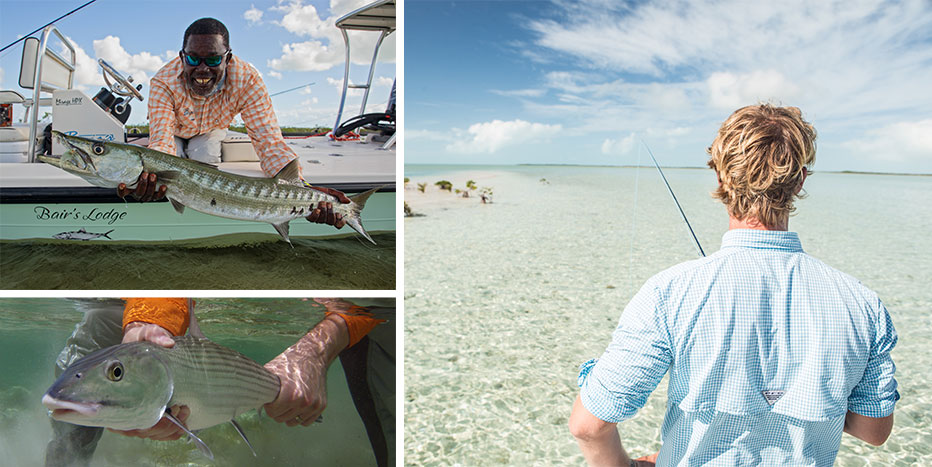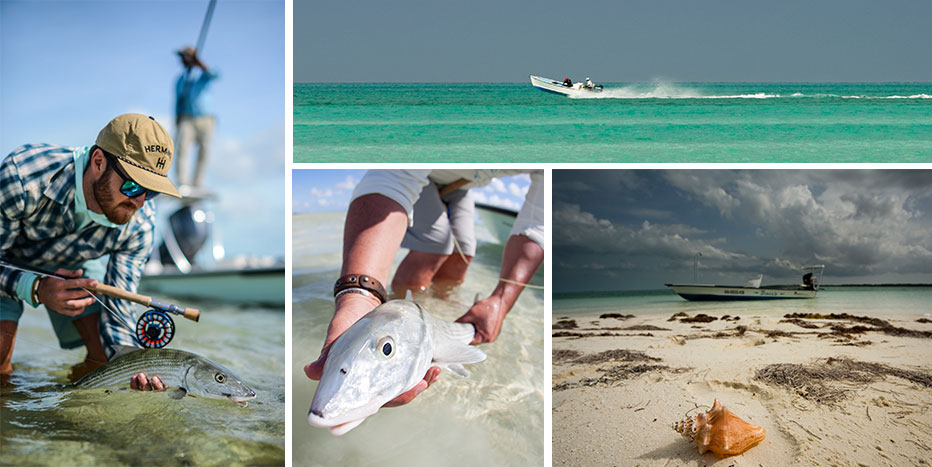The great bone fishing in the Bahamas is plain and simple. It’s a product of geography.
It’s more than white-sandy beaches, a great climate, and a culture that exudes both kindness and hospitality. It’s an attraction that most fishermen find challenging to explain. Yet, in some ways, it’s a spiritual connection that most non-fishermen would never ever understand. Personally, I would describe it as a quest, especially true for traveling anglers who annually pilgrimage to the Bahamas searching for large, hard-charging bonefish and the holy grail of flats fishing the permit.

All told, the island archipelago has more than 700 islands and thousands of cays. Yet, its total land area is a scant 5,000 square miles. But more importantly, the Bahamas has more than 70,000 square miles of prime water to fish. So it doesn’t matter if you are wading or fishing from the deck of a flats boat. The Bahamas are home to some of the healthiest bonefish populations in the world.
The northern end of the archipelago starts with Grand Bahama Island, located 75 miles east of West Palm Beach, Florida. Great Abaco Island is just to the east. And below Abaco, past the bustling hub of Nassau and reaching as far south as Cuba, lies a string of less-populated “out islands”—where unpressured inshore fly fishing shines. South Andros Island is a storied destination for anglers in search of an authentic out-island experience.

If the wind kicks up, Deep Creek and Little Creek are in striking distance from the lodge. They offer a respite from the trade winds that shaped the topography of the Bahamas in the first place. But, it’s been my experience a slight breeze here, and there never hurt the fishing. In some ways, it helps the fly fisherman.
West Side National Park, recently established in 2002, is known for its pristine coastal mangrove habitat and prime bone fishing. If the moon and stars line up in cosmic bliss, it can be the preverbal land of the giants. Every year a hand full of double-digit bonefish are caught and released there.
The southern flats, on the other hand, are home to large schools of bones. Grassy Creek is about a twenty-five-minute run from Bair’s. And on calm mornings, you can run to Hawks nest Creek, and from there, you can make your way to the southern keys. Both receive little fishing pressure and are loaded with fish. As a result, Bair’s Lodge has earned the moniker “The bonefish capital of the world.” And why not, it’s not bragging if it’s true.



